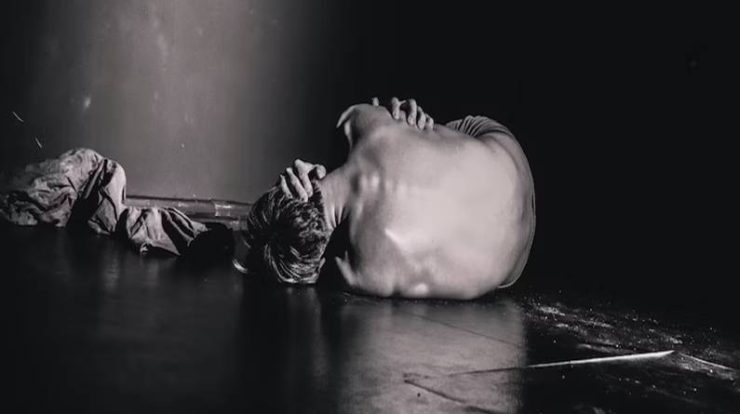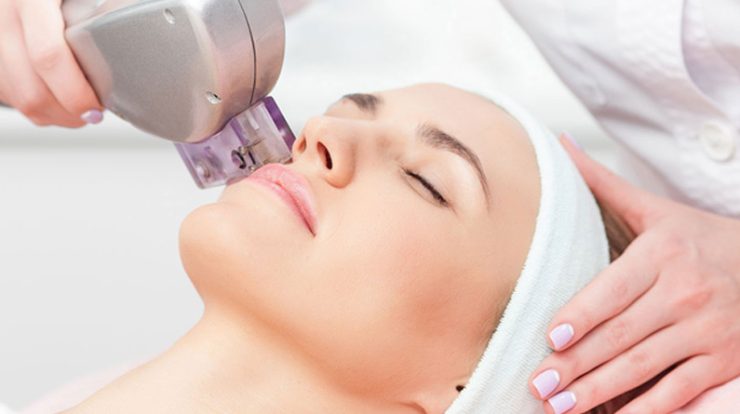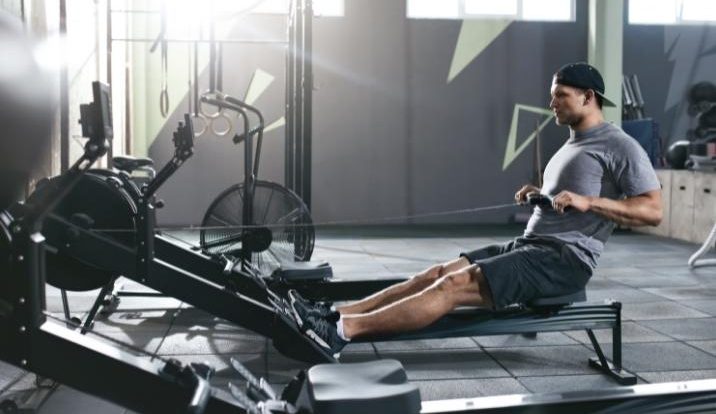
Anyone who has ever suffered from back pain will know how uncomfortable—even excruciating—it can get. This type of pain and discomfort is increased tenfold when you’re dealing with a medical condition called scoliosis.
Generally referred to as an abnormal curvature of the spine, scoliosis can be very painful. Many sufferers opt for a variety of treatments and remedies to deal with this level of pain on a daily basis—trying everything from painkillers to using an electric recliner chair.
How is Scoliosis Formed?
In many cases, scoliosis is developed in the womb, resulting in babies being born with it. When the cause of scoliosis is unknown, it’s referred to as idiopathic scoliosis and about eight out of 10 people suffering from it, have this type.
Scoliosis can also be developed after an accident that results in spinal cord injury. For the most part, this happens when intense pressure on the vertebrae causes wedge fractures. This is known as traumatic scoliosis and can not be repaired.
As a progressive condition, all the sufferer can do is work with a neurosurgeon and even a chiropractor to develop various pain management techniques.
Habits to Help Ease Scoliosis Pain
Whether your scoliosis is idiopathic or traumatic, the levels of pain experienced can often be unbearable. In addition to the ongoing pain, simple daily tasks such as walking around, bending down or even sleeping can become very difficult.
While painkillers do offer some relief, medical experts encourage sufferers to develop a variety of daily habits as part of a pain management program. Here are a few of the more effective habits they suggest.
1. Learn Stretch Exercises
There are several stretches that a scoliosis sufferer can do daily to ease milder pain. Before resorting to doing any stretch exercise, a sufferer should speak to their doctor to ensure it won’t cause additional damage. However, the most common stretches to try include:
- Leaning: Lean your body to the right, hold your hands above your head and hold for several seconds. Repeat on the opposite side.
- Tension release: Lace your fingers together behind your back and squeeze your shoulder blades together. This will release some pain and tension in your spine.
2. Opt for an Anti-Inflammatory Diet
It’s very common for Scoliosis sufferers to develop spinal inflammation. This in turn increases pain and discomfort. A simple approach to this is to include anti-inflammatory foods in your daily diet. Some tips for this:
- Eat more fruit and vegetables
- Use turmeric, cinnamon and fenugreek to flavour food
- Eat foods rich in Omega-3 fatty acids, such as salmon, sardines, herring and mackerel a few times a week
- Include healthy fats (in moderation) such as olive oil, coconut oil and avocados
- Snack on nuts such as almonds between meals
3. Invest in Quality Seating
People suffering from severe scoliosis often find regular couches and chairs extremely uncomfortable. This is a result of the pressure the furniture can cause on their spines. In many instances, there also isn’t enough support.
Doctors recommend investing in a recliner with orthopaedic benefits. One such type of chair is an electric lift chair that makes it considerably easier for people to get in and out of.
4. Add Vitamin Supplements
While there is no cure or treatment that totally eliminates pain, doctors may often recommend adding a few vitamin supplements to improve your overall spine health. The more popular vitamins to consider:
- Vitamin D3 improves bone density
- Magnesium boosts overall spinal health
- Fish oil supplements have excellent anti-inflammatory properties
In addition to the supplements, it’s a good idea to include foods rich in these vitamins and minerals in your daily diet. These include:
- Vitamin D3: Seafood, mushrooms, egg yolks, beans, carrots, spinach, oatmeal
- Magnesium: Spinach, almonds, peanuts, chia seeds, potatoes, whole grains, avocados
5. Visit a Chiropractor
Regular chiropractic adjustments may go a long way toward providing some pain relief. It will also assist with spine function and mobility. Your chiropractor will also be able to recommend daily physiotherapy-type exercises that can improve posture. Investing in chiropractic care should form the basis of your scoliosis treatment.
6. Find the Right Mattress
A comfortable mattress is essential for anyone to have a proper night’s sleep. However, without a decent, quality mattress, a scoliosis sufferer will experience little to no sleep.
For the most part, scoliosis back pain requires a medium-firm to firm mattress, providing enough relief and enabling the required amount of sleep needed to feel rested. The good news is that if you already have a quality recliner, you should be able to sleep comfortably in that chair until you can swap out your mattress.
Final Thoughts
Scoliosis, whether idiopathic or traumatic, is very difficult to live with. Finding the perfect combination of treatments to ensure some pain relief takes some trial and error. Not all treatments work for everyone but opting for some of the tips we’ve shared is a good place to start!






